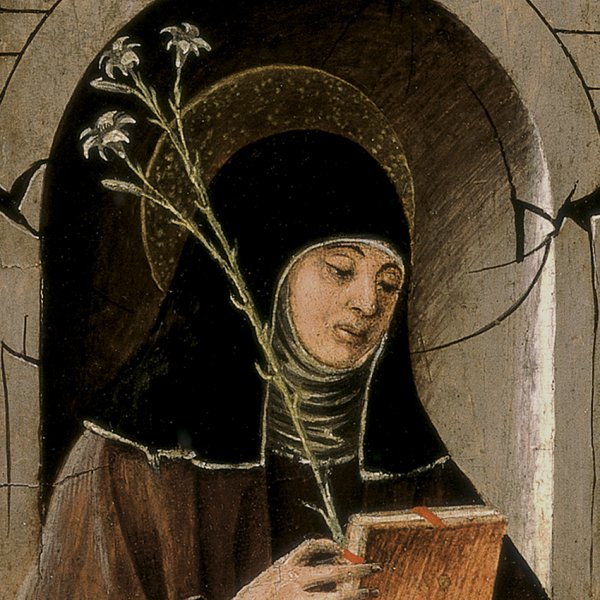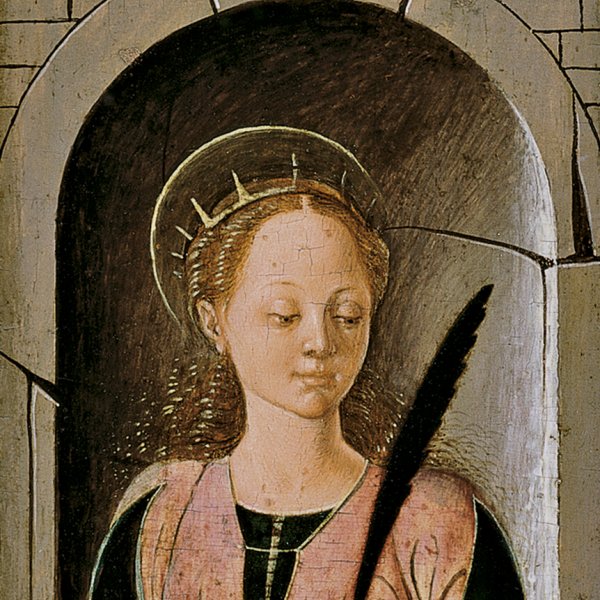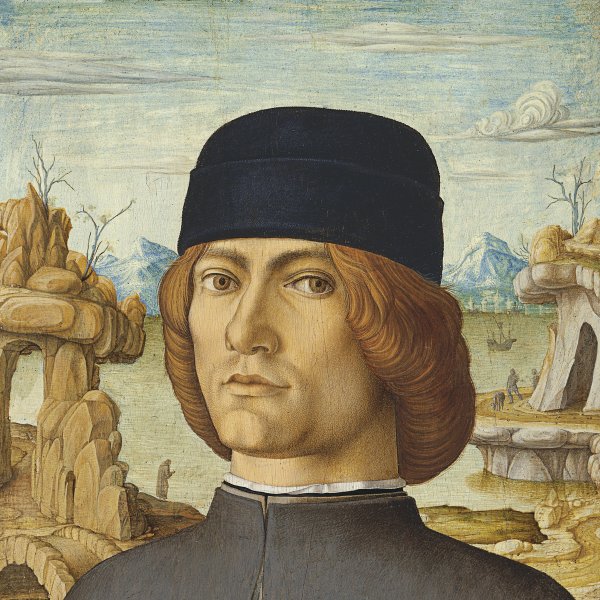Francesco del Cossa
Ferrara, ca. 1435-Bologna, 1476/77
Cossa was born into a family of artists in Ferrara around 1435 and his father worked on the construction of cathedrals. The first document that relates to his activities as a painter records a payment for a work for the high altar of Ferrara cathedral in 1456. It is not known if this refers to a sculpture or a painting and it is possible that during his early years the artist worked in both media, also executing designs for stained glass. In 1460 Cossa became an independent master. He was one of the leading names in Quattrocento Ferrarese painting along with Ercole de’Roberti and Cosmè Tura. His style reflects the work of the latter and of Piero della Francesca in its colouring and the beauty of the faces, as well as that of Pisanello in the use of precise detail. Cossa also looked to Donatello and Andrea Mantegna, whose works he studied in Padua. His first known painting is The Virgin and Child with Angels (National Gallery of Art, Washington). Cossa’s masterpiece and a project that clearly reveals his particular style are the frescoes for the Hall of the Months in the Palazzo Schifanoia in Ferrara. This commission was poorly paid and led to the artist leaving his native city for Bologna, where he lived until his death. In 1472 Cossa painted an altarpiece for the church of the Osservanza. It included scenes of The Annunciation and The Nativity (Gemäldegalerie, Dresden) and panels of Saint Clare and Saint Catherine (Museo Thyssen- Bornemisza, Madrid). Another of his most significant projects was the triptych for Floriano Griffoni in 1473 for the Griffoni family chapel in the church of San Petronio, Bologna. The central part included depictions of Saint Vincent Ferrer (National Gallery, London), and The Crucifixion (National Gallery of Art, Washington). In 1474 Cossa worked on the chapel of the Foro dei Mercanti (Pinacoteca Nazionale, Bologna). He died during an outbreak of the plague in 1476 or 1477.







